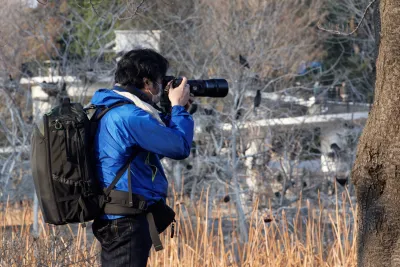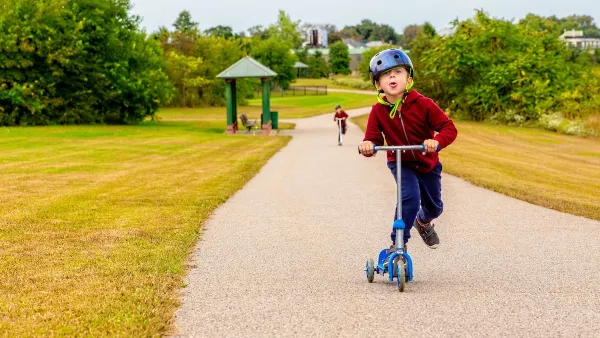Community science mobilizes the public to work alongside scientists to help answer questions about the world. Learn about the valuable contributions of community scientists in Hawai'i.

Community science is essentially science for everyone. Specifically, community science is when the public voluntarily helps conduct scientific research, including designing experiments, collecting data, analyzing results, and solving problems. Community scientists are doing some great work across the country, including the state of Hawai'i.
As Catherine Toth Fox reports, some notable community science projects in Hawai'i have included the state-run Hawaii Ulua and Papio Tagging Project; the annual Kolea Count, run by the Hawaii Audubon Society; and the Sanctuary Ocean Count, which tracks humpback whale migration to the Islands. Currently, University of Hawai'i researchers are asking the public to document extreme water level events, also known as King Tides, this summer starting July 3. The goal of the King Tides Project is to better understand the impacts from sea-level rise and other coastal hazards by looking at these high tides, which will likely be average sea levels in the future.
The King Tides Project started in the summer of 2015, when a few scientists went out with data sheets and took photos of king tides at their favorite coastlines. In the following year, the group recruited the public to assist, offering training workshops to educate volunteers about King Tides and how sea level rise could impact the places they care about. To date, the project has received over 3,800 photos from 484 community scientists on five islands.
To learn more, please read the source article.
FULL STORY: From King Tides To Whale Watching, Community Scientists Keep Research Afloat

National Parks Layoffs Will Cause Communities to Lose Billions
Thousands of essential park workers were laid off this week, just before the busy spring break season.

Retro-silient?: America’s First “Eco-burb,” The Woodlands Turns 50
A master-planned community north of Houston offers lessons on green infrastructure and resilient design, but falls short of its founder’s lofty affordability and walkability goals.

Delivering for America Plan Will Downgrade Mail Service in at Least 49.5 Percent of Zip Codes
Republican and Democrat lawmakers criticize the plan for its disproportionate negative impact on rural communities.

Test News Post 1
This is a summary

Test News Headline 46
Test for the image on the front page.

Balancing Bombs and Butterflies: How the National Guard Protects a Rare Species
The National Guard at Fort Indiantown Gap uses GIS technology and land management strategies to balance military training with conservation efforts, ensuring the survival of the rare eastern regal fritillary butterfly.
Urban Design for Planners 1: Software Tools
This six-course series explores essential urban design concepts using open source software and equips planners with the tools they need to participate fully in the urban design process.
Planning for Universal Design
Learn the tools for implementing Universal Design in planning regulations.
EMC Planning Group, Inc.
Planetizen
Planetizen
Mpact (formerly Rail~Volution)
Great Falls Development Authority, Inc.
HUDs Office of Policy Development and Research
NYU Wagner Graduate School of Public Service





























